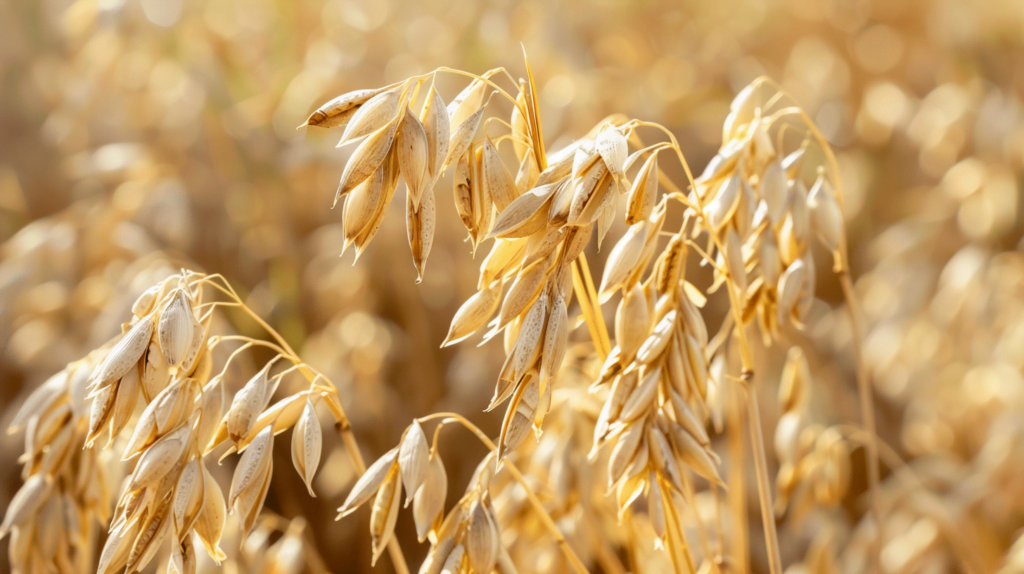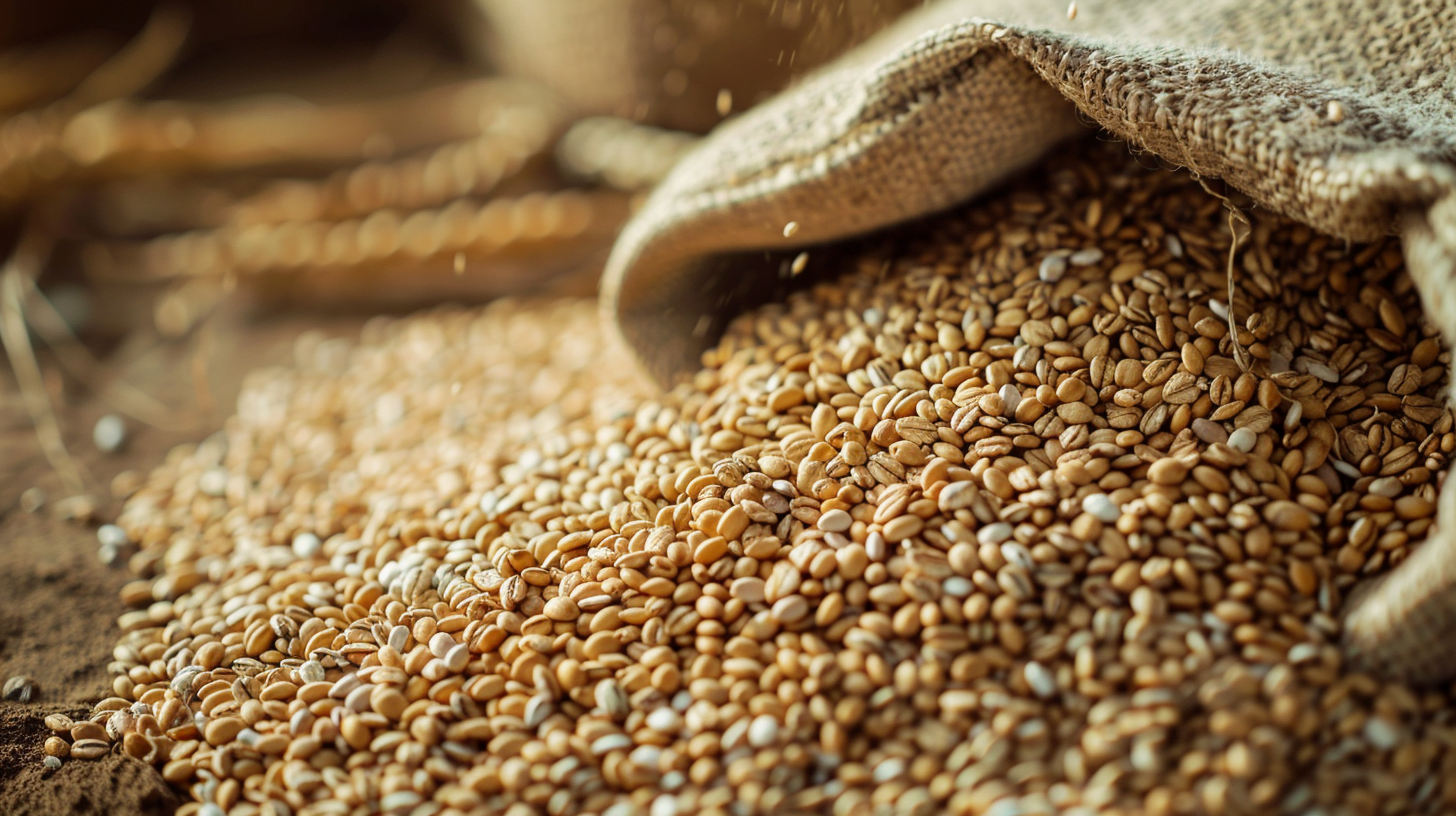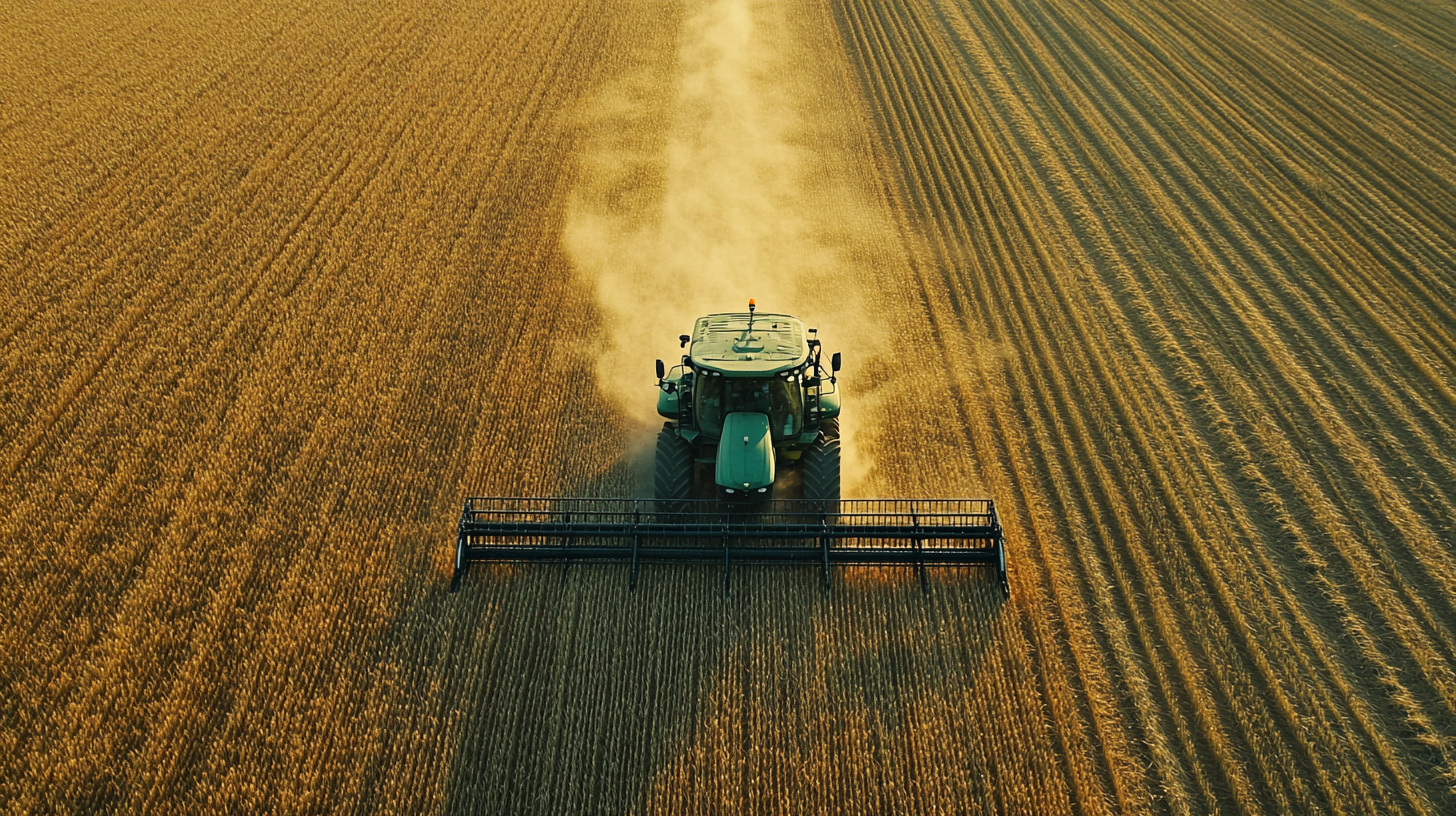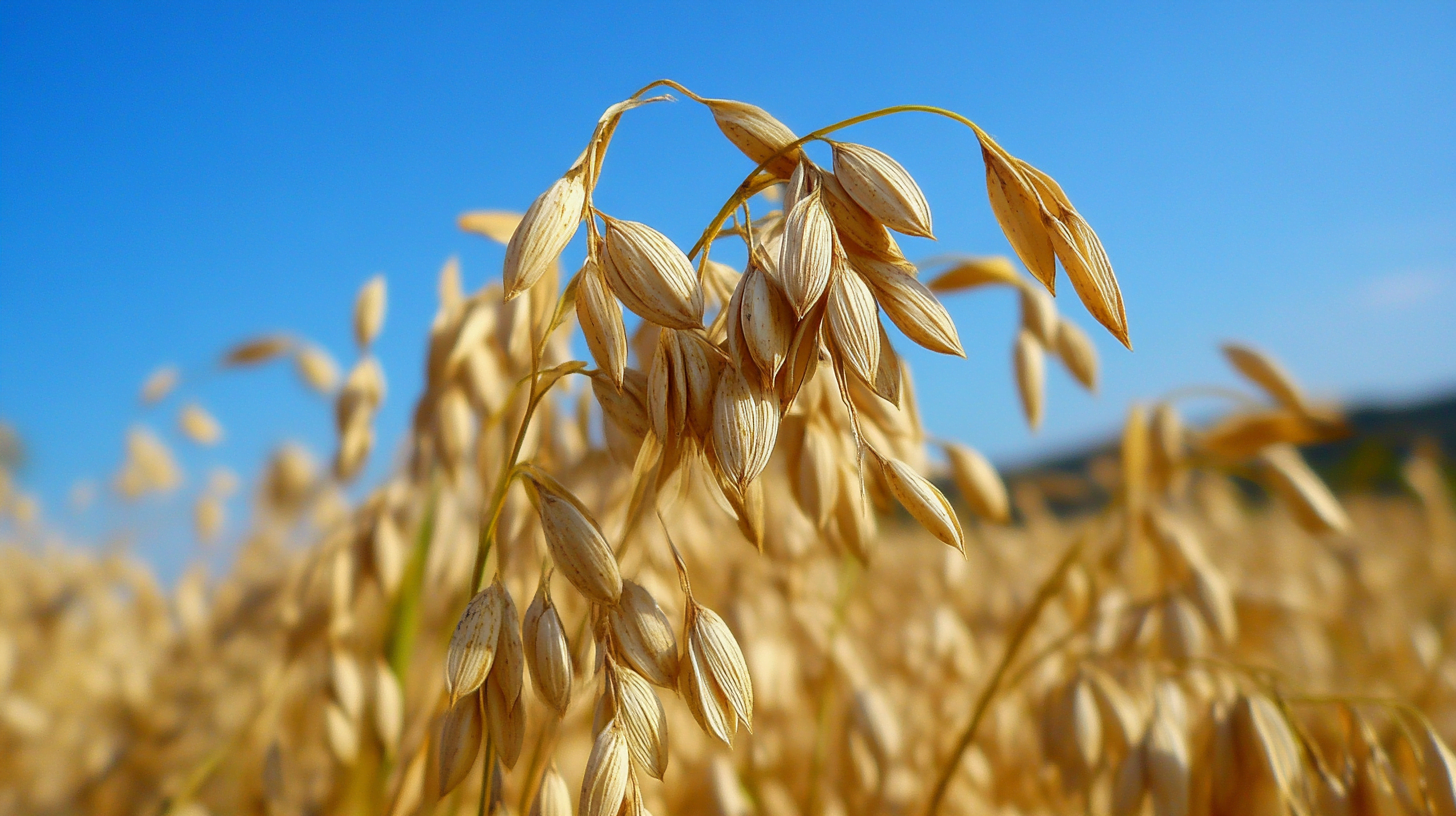Oats are a versatile and nutritious grain that have been cultivated for thousands of years. They are a staple food source for many countries and play a significant role in the global agricultural trade. In this comprehensive analysis, we will delve into the world of oat imports and identify the country that imports the most oats. We will also explore the factors driving oat imports, the impact of the leading importer on the global oat market, and the challenges and opportunities in the oat import market.
Understanding Oats
Oats (Avena sativa) are a cereal grain known for their numerous health benefits. They are an excellent source of fiber, protein, vitamins, and minerals. Oats come in various forms, including:
- Rolled oats: Also known as old-fashioned oats, these are the most common type of oats. They are made by steaming and rolling whole oat groats, resulting in a flat, flaky texture.
- Steel-cut oats: Also called Irish oats or pinhead oats, these are made by cutting whole oat groats into smaller pieces using steel blades. They have a chewier texture and take longer to cook than rolled oats.
- Instant oats: These are pre-cooked, dried, and rolled oats that have been cut into smaller pieces for quick cooking. They are often fortified with additional nutrients.
- Oat bran: This is the outer layer of the oat grain, which is removed during processing. It is high in fiber and often used as a supplement or added to baked goods.
These different types of oats are used in a wide range of applications, such as breakfast cereals, baked goods, and animal feed. Oats are also used in the production of non-dairy milk alternatives and as a thickening agent in soups and stews.
Global Oat Production
Oats are grown in many countries around the world, with the top producers being:
- Russia: Russia is the world’s largest oat producer, with an annual production of around 5 million tons. Oats are grown primarily in the country’s central and northwestern regions, where the climate and soil conditions are favorable for oat cultivation.
- Canada: Canada is the second-largest oat producer, with an annual production of approximately 3 million tons. The majority of Canadian oats are grown in the prairie provinces of Alberta, Saskatchewan, and Manitoba.
- Poland: Poland is the third-largest oat producer, with an annual production of around 1.5 million tons. Oats are grown throughout the country, with the largest concentrations in the northern and central regions.
- Australia: Australia is the fourth-largest oat producer, with an annual production of approximately 1.2 million tons. Oats are grown primarily in the southern states of Western Australia, South Australia, and Victoria.
- Finland: Finland is the fifth-largest oat producer, with an annual production of around 1 million tons. Oats are a significant crop in Finland, where they are used for both human consumption and animal feed.
Factors such as climate, soil quality, and farming practices can significantly impact oat production. For example, oats require a cool, moist climate and well-drained soil to thrive. Farmers must also manage pests, diseases, and weeds to ensure a healthy crop.
In recent years, global oat production has experienced some fluctuations due to changing weather patterns and market demands. For instance, droughts in key oat-producing regions have led to reduced yields, while the growing popularity of oat-based products has driven up demand.
International Oat Trade
The global oat trade involves numerous countries, with some acting as major exporters and others as significant importers. The main factors influencing oat trade include:
- Tariffs and trade agreements: Countries may impose tariffs on imported oats to protect their domestic producers or enter into trade agreements to facilitate the free flow of oats across borders.
- Transportation costs: The cost of shipping oats from one country to another can significantly impact trade decisions, as it affects the final price of the product.
- Currency exchange rates: Fluctuations in currency exchange rates can make oats more or less expensive for importers, depending on the strength of their local currency.
Over the past decade, the global oat trade has witnessed various trends, such as the increasing demand for organic oats and the growing popularity of oat-based products in emerging markets. For example, the rise of plant-based diets has led to a surge in demand for oat milk, while the growing awareness of the health benefits of oats has driven up consumption in developing countries.

Top Oat-Importing Countries
To identify the leading oat-importing country, let’s take a look at the top 10 importers based on their import volume and value:
| Rank | Country | Import Volume (tons) | Import Value (USD) |
|---|---|---|---|
| 1 | United States | 1,500,000 | $350 million |
| 2 | China | 1,200,000 | $280 million |
| 3 | Germany | 900,000 | $200 million |
| 4 | Japan | 800,000 | $180 million |
| 5 | Mexico | 700,000 | $150 million |
| 6 | South Korea | 600,000 | $130 million |
| 7 | United Kingdom | 500,000 | $120 million |
| 8 | Netherlands | 400,000 | $100 million |
| 9 | Spain | 300,000 | $80 million |
| 10 | Italy | 250,000 | $70 million |
As evident from the table, the United States is the leading oat importer, followed closely by China and Germany. These countries have significant domestic demand for oats and oat-based products, which drives their import decisions.
The Leading Oat Importer: United States
The United States is the world’s largest oat importer, with an annual import volume of approximately 1.5 million tons, valued at around $350 million. Several factors contribute to the country’s high oat imports:
- Large population: With over 330 million people, the United States has a significant domestic demand for oats and oat-based products. The country’s population is expected to continue growing, which will likely drive up oat imports in the future.
- Diverse demographics: The U.S. population comprises various ethnic groups, each with their own cultural and dietary preferences. This diversity drives the demand for a wide range of oat products, from traditional breakfast cereals to innovative oat-based snacks and beverages.
- Strong economy: The United States has a robust economy, which allows consumers to spend more on high-quality, nutritious foods like oats. The country’s per capita income is among the highest in the world, enabling consumers to afford premium oat products.
- Health-conscious consumers: American consumers are increasingly aware of the health benefits of oats, such as their ability to lower cholesterol and improve digestion. This growing health consciousness has led to a surge in demand for oat-based products, particularly in the organic and natural food segments.
The United States imports oats from several countries, with Canada being the primary source, followed by Sweden and Finland. These countries are known for producing high-quality oats and have well-established trade relationships with the United States.
“The United States is a significant market for Canadian oats, accounting for over 90% of our oat exports. We value our long-standing trade partnership and are committed to providing American consumers with the highest-quality oats.” – John Smith, President of the Canadian Oat Growers Association
Impact of the Leading Importer on the Global Oat Market
As the largest oat importer, the United States significantly influences the global oat market. The country’s import decisions can impact oat prices and trade dynamics worldwide. For example, if the U.S. increases its oat imports, it may drive up global prices, creating opportunities for oat exporters. Conversely, if the U.S. reduces its imports, it may lead to a surplus in the global market, potentially lowering prices.
The United States’ oat import decisions also have implications for other countries in the global oat trade. For instance, if the U.S. shifts its import sources from one country to another, it can significantly impact the exporting countries’ economies and agricultural sectors.
Furthermore, the United States’ oat consumption trends can influence global oat production and trade patterns. As American consumers demand more organic and specialty oats, producers around the world may shift their focus to meet this growing demand.
Challenges and Opportunities in the Oat Import Market
The oat import market faces several challenges, such as:
- Trade barriers and regulations: Countries may impose tariffs, quotas, or other trade barriers on imported oats to protect their domestic producers. These barriers can increase the cost of imported oats and limit market access for exporters.
- Competition from alternative grains and breakfast foods: Oats face competition from other grains, such as wheat and barley, as well as from alternative breakfast foods, like yogurt and smoothies. This competition can impact the demand for imported oats and put pressure on prices.
- Sustainability concerns and the growing demand for organic oats: Consumers are increasingly concerned about the environmental impact of their food choices and are seeking out organic and sustainably-produced oats. This trend presents challenges for importers, as organic oats may be more expensive and harder to source than conventional oats.
However, there are also opportunities for growth in the oat import market, particularly in emerging markets where the popularity of oat-based products is on the rise. For example:
- Asia-Pacific region: The Asia-Pacific region is a growing market for oat imports, driven by rising incomes, changing dietary preferences, and increasing health awareness. Countries like China and India present significant opportunities for oat exporters, as their large populations and expanding middle classes create a substantial demand for high-quality oat products.
- Latin America: Latin American countries, such as Mexico and Brazil, are also emerging as key markets for oat imports. The region’s growing interest in healthy and convenient breakfast options has led to an increased demand for oat-based products, such as instant oatmeal and oat-based snacks.
To capitalize on these opportunities, oat exporters must be proactive in understanding the unique needs and preferences of each market, as well as the regulatory and logistical challenges involved in serving these markets.

Conclusion
In conclusion, the United States is the world’s leading oat importer, driven by its large population, diverse demographics, and strong economy. Understanding global oat trade patterns is crucial for producers, exporters, and policymakers to make informed decisions and capitalize on opportunities in the market.
As the demand for healthy and sustainable food options continues to grow, the oat import market is expected to evolve and expand in the coming years. To succeed in this dynamic market, stakeholders must be agile, innovative, and responsive to changing consumer preferences and market conditions.
By working together to address challenges and seize opportunities, the global oat community can ensure a stable and sustainable supply of this nutritious and versatile grain for generations to come.
FAQs
- What are the health benefits of consuming oats?
Oats are rich in fiber, protein, vitamins, and minerals, which can help lower cholesterol, improve digestion, and promote weight management. Specifically, oats contain beta-glucan, a type of soluble fiber that has been shown to reduce LDL (bad) cholesterol levels and improve blood sugar control. Oats are also a good source of antioxidants, such as avenanthramides, which may help reduce inflammation and protect against heart disease. - How do oat imports affect local farmers in the importing countries?
Oat imports can create competition for local farmers, potentially affecting their livelihoods. If imported oats are cheaper than locally-produced oats, consumers may choose to purchase the imported products, reducing demand for local oats. This can lead to lower prices and reduced profitability for local farmers. However, imports can also help meet domestic demand and provide consumers with a wider variety of oat products, which can be beneficial in countries where local oat production is limited or unable to meet consumer needs. - Are there any eco-friendly alternatives to importing oats?
Promoting local oat production and supporting sustainable farming practices can help reduce the environmental impact of oat imports. This can involve investing in research and development to improve local oat varieties, providing training and resources to farmers to adopt sustainable practices, and creating incentives for consumers to purchase locally-grown oats. Additionally, exploring alternative grains that can be grown locally, such as quinoa or millet, may provide eco-friendly options for consumers seeking variety in their diets. - How has the COVID-19 pandemic impacted global oat trade?
The pandemic has disrupted supply chains and altered consumer behavior, leading to fluctuations in oat demand and trade. In some cases, the pandemic has led to increased demand for oat-based products, as consumers seek out healthy and shelf-stable food options. However, the pandemic has also created logistical challenges, such as transportation disruptions and labor shortages, which have impacted the ability of oat exporters to meet demand. The long-term impact of the pandemic on the oat market remains to be seen, as much will depend on the speed and effectiveness of the global recovery effort.



